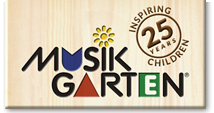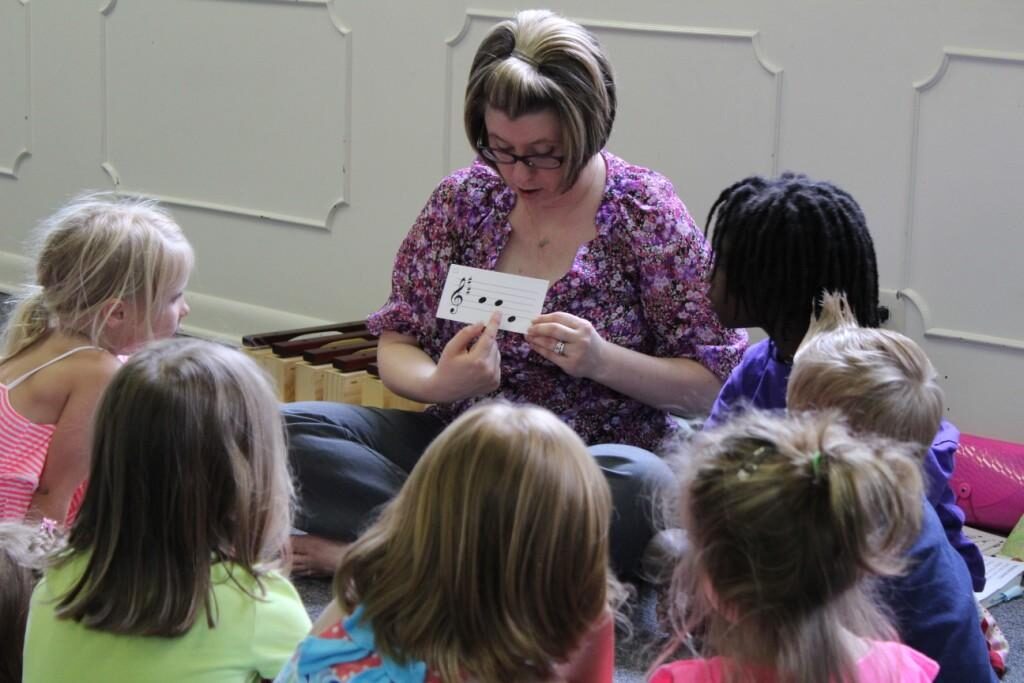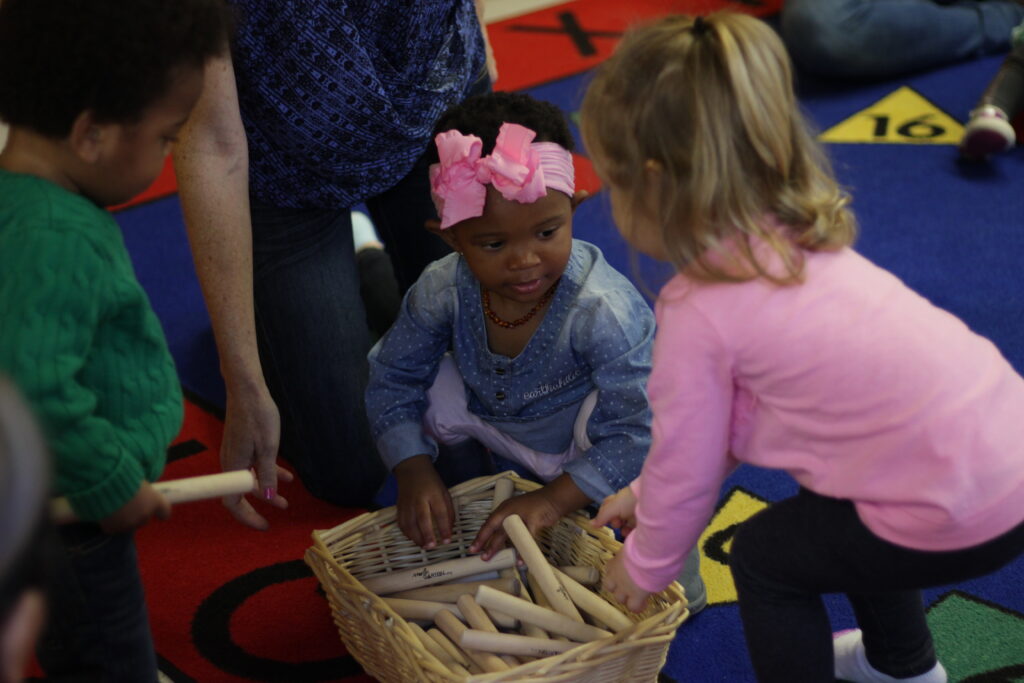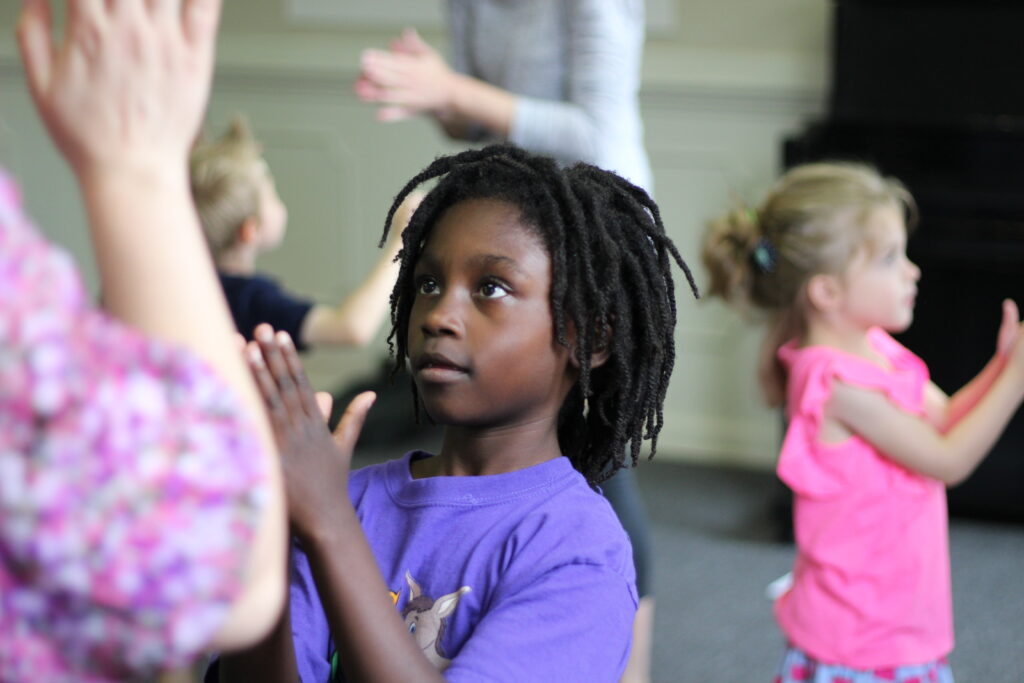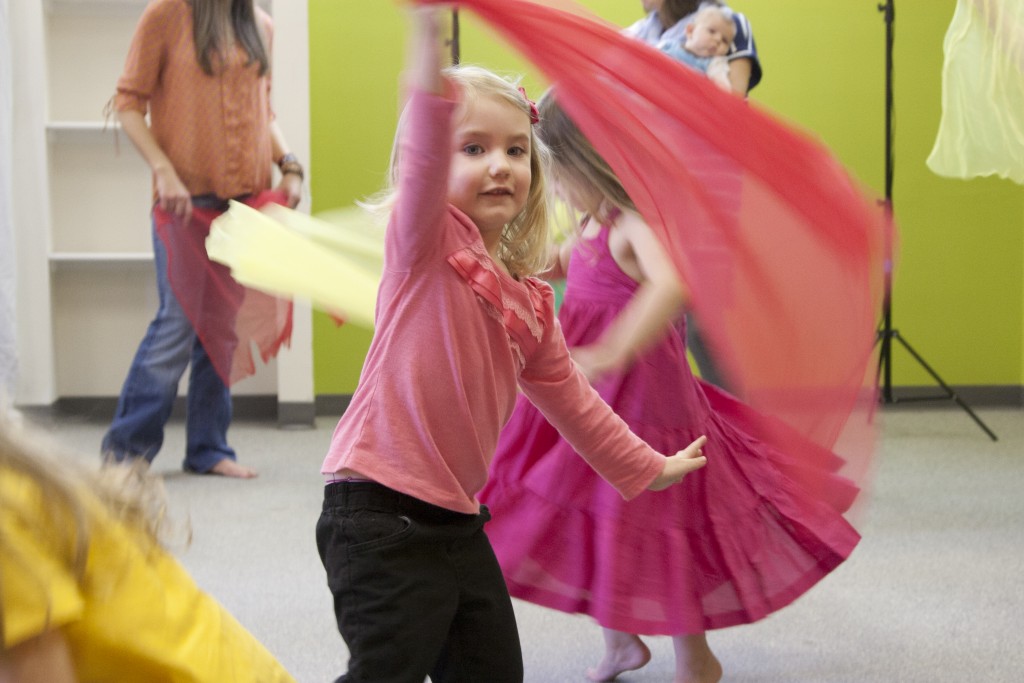Continuing our exploration of music and its relationship with the major religions of the world, the following is a brief and imperfect discussion of Islamic civilization and musical influence. Our last blog post covered Hindu music and its nearly inseparable relationship to musical worship. One cannot discuss Islam and musical traditions without various conflicting opinions, and even contradictions in terms. Generic terms for ‘music’ or activity recognized as involving ‘music’ have never been applied orthodox practice of Sunni and Shi’a Islam. The view of scholars and theologians vary widely as whether music in Islam is strictly forbidden to generally forbidden but with varying restrictions that do not lead listeners into temptation.
Music and the Quran
Part of the source of disagreement in the Muslim world about music and Islamic worship stems from the term ‘music’ and that the Quran does not explicitly refer to music itself. However, scholars on both sides of the argument have interpreted certain passages for and against tolerance. Those who contend that music is strictly forbidden in Islam point to phrases such as “And of mankind is he who purchases idle talks to mislead others from the path of Allah…”, whereas ‘idle talks’ has been translated as the amusement of speech or theatrics.
Others refer to Allah giving the prophet David the ‘gift of the Psalms’, poetic in structure and character, as evidence of allowing music as long as it did not lead to sinful acts. There are some Sunni movements of Islam, including the Salafi and Deobandi who strictly interpret the Quran and hadith (a record the words, actions, and silent approval of the prophet Muhammad as translated through chains of narrators), prohibit music in all forms as haram (forbidden).
Some Exceptions for Music in Islam?
There is also wide variety of opinions over what expectations can be made to the prohibition of music for Muslims. Examples of what is allowed can range from vocals but not instruments, only certain instruments (such as a one-sided drum and tambourine) or vocals only if the audience is of the same gender. In the opinion of some scholars, including some Muslims, a number of Islamic rituals have at least some musical relevance. The first of these is the call of prayer by the mu’ethín, the caller to prayer, which they believe provides the choice of the right mu’ethín to be based on his musical voice and its emotional impact to worship.
The second cited example of a musical act is in reading the Quran where the musical voice gained popularity, especially with the development of ‘ilm al-qiráa , “science of the recitation”. Indeed some Shia and Sufi orders use instrumental accompaniment to music as part of their worship. Many Muslims believe that it is not music itself that must be forbidden by Islam, but that the subject matter of the music itself does not mention forbidden practices such as alcohol, sexual connotations, or presented in a sexually coercive manner. For many, judgement seems to be the key.
Music and Islam in Modern Society
Despite the prohibition of music by some Islamic scholars, devotional/religious music as well as secular music is very well developed and popular. Secular and folk musical styles can be found in Arabic, Egyptian, Iranian, Turkish, Algerian, Moroccan, Maldivian, and others. Music is used in many public Islamic religious celebrations today across the globe, including Ta’zieh, Ashurah, Manzuma, and Thikiri. Secular music of all kinds also abounds in the Muslim world, including such familiar genres as rap, rock, jazz, and folk, and pop. In some places where strict Islamic interpretations are enforced, however, this music must be played and enjoyed behind closed doors and in secret.
The subject of music in Islamic civilization continues to be the subject of debate between scholars and theologians. Above all, the debate seems to stem around whether it is music itself that is forbidden through hadith or that it is the subject matter, intent, or delivery of music that deems it sinful and forbidden. We will conclude our series on the relationship between music and the five major religions of the world next with an exploration of Judaism.
